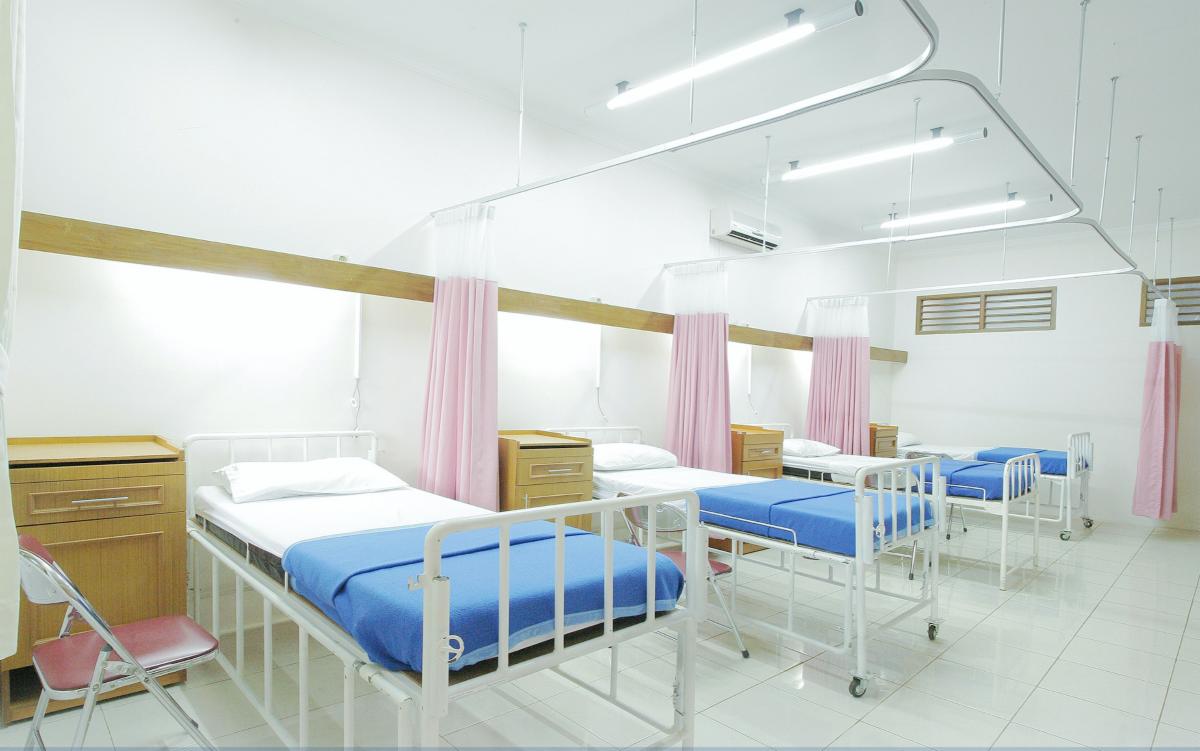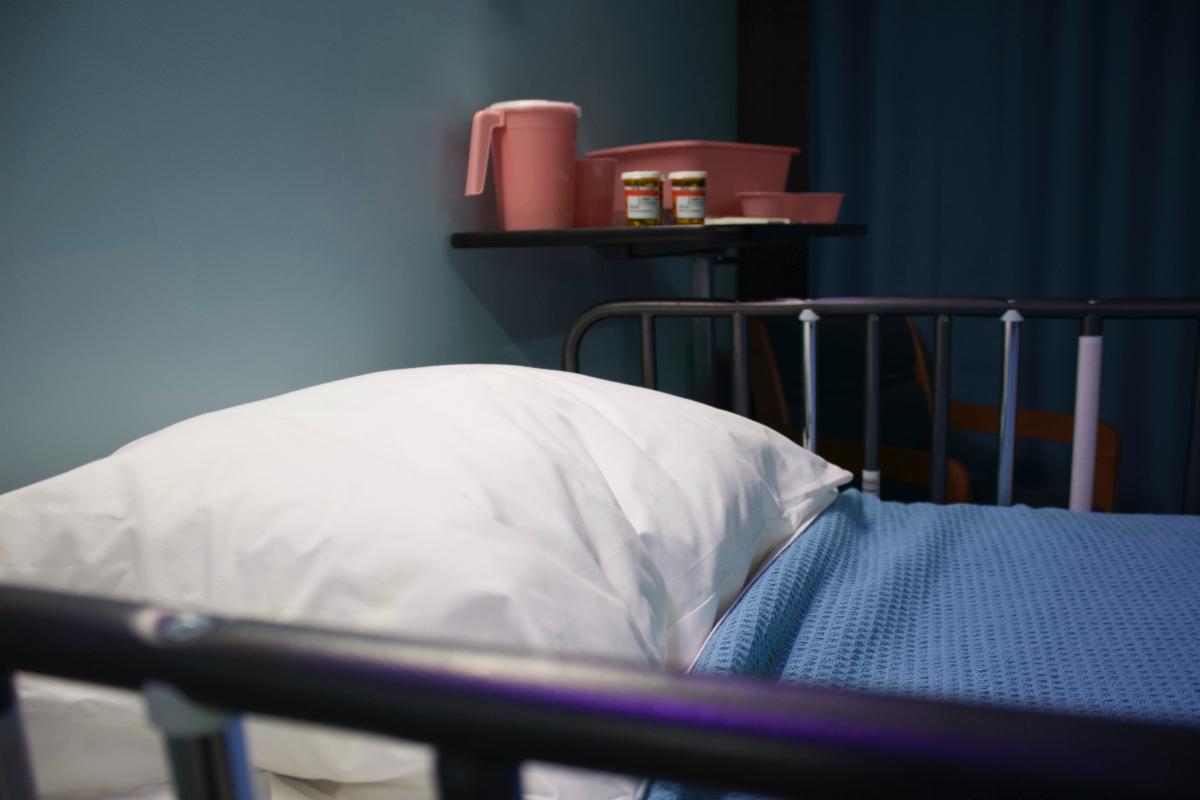RESEARCH WEEKLY: Racial disparities in psychiatric building assignment

By Hope Parker
(January 3, 2024) A new year brings new opportunities to advocate for effective, evidence-based care for people with severe mental illness. This January, Research Weekly will highlight recent studies that focus on the quality and availability of inpatient psychiatric care in the United States.
The United States is currently facing a shortage of inpatient psychiatric beds; and after being admitted to a bed, patients sometimes receive care that is not evidence-based or that even impedes recovery. In a study published recently in Psychiatry Research, researchers sought to investigate racial disparities in psychiatric building assignment. These racial disparities have meaningful implications for the quality of care received by Black, Indigenous, and people of color (BIPOC) patients as prior research indicates that aspects of the physical environment, such as natural lighting and amount of physical space, can impact an individual’s mental health.
Methods
This study was prompted by reports from staff in a tri-state hospital system that BIPOC patients were more likely to be assigned to units in the older building, which had more florescent lighting and less space, while white patients were more likely to be assigned to a newer building with more natural light, open public spaces, and calming wall colors. To investigate these claims, electronic medical records (EMR) were reviewed for over 18,000 inpatients admitted to a hospital’s inpatient facilities between 2012 and 2019. Researchers recorded demographic variables on patients including race, ethnicity, and sex, as well as clinical variables such as aggression scores at admission, psychiatric diagnosis, and length of stay. Unit assignment, building assignment, and transfer data were also extracted from each EMR.
Key Findings
Overall, patients assigned to units in the newer building were more likely to be young, female, and white. These patients were proportionately more likely to have diagnoses of depression and bipolar disorder and had lower average aggression scores at admission and a shorter average length of stay. Patients assigned to the old building were more likely to be Black and have a diagnosis of a psychotic disorder.
The researchers also found that Black, Hispanic, and Asian patients were less likely than white patients to be assigned to the newer building, even when taking into account other factors like diagnosis, sex, and aggression levels. Race independently accounted for 18 percent of variability in building assignment. This inequity in unit assignment was found for both general adult units and geriatric units.
Implications
These findings indicate that there is racial bias in the unit assignment process and add to the growing evidence for racial disparities in psychiatric care. In addition to disparities in unit assignment, BIPOC patients are more likely to be prescribed higher doses of anti-psychotic medications that may cause serious side effects, more likely to be chemically or physically restrained while hospitalized, and are more likely to be involuntarily committed as compared to white patients. While this bias may not be explicit or purposeful, the result is differential treatment for BIPOC patients.
There are several limitations in this study, including the inability to control for patients’ insurance status, income level, time of admission, bed availability, or medical comorbidities, all of which may affect unit and building assignment. The authors hope for this study to be a call to action for further investigation of racial inequalities in health systems, including how healthcare settings are affected by both structural racism and implicit bias.
Reference Michaels, T.I. et al. (December 2023). Racial and ethnic inequities in psychiatric inpatient building and unit assignment. Psychiatry Research.
Hope Parker is a research assistant at Treatment Advocacy Center.









